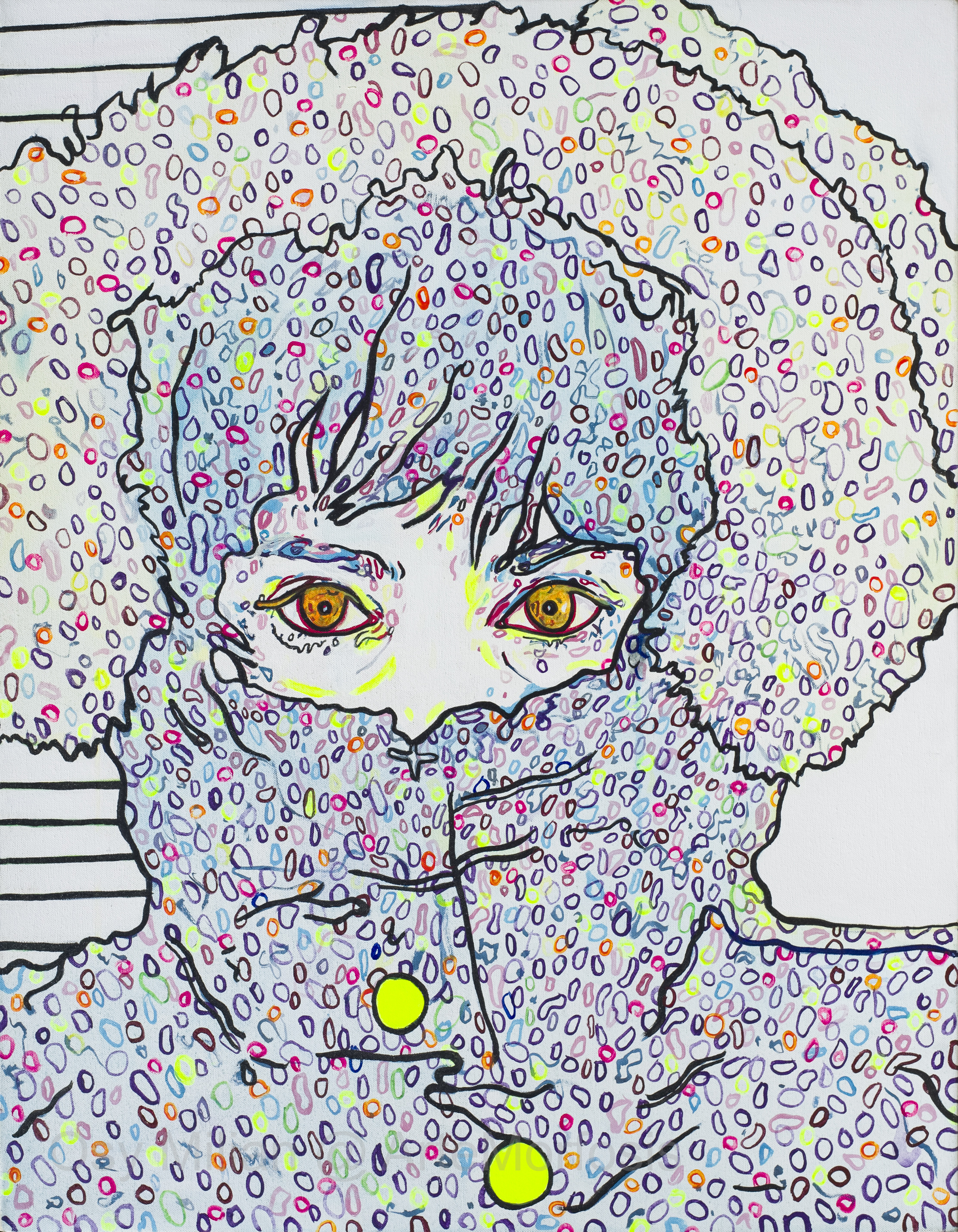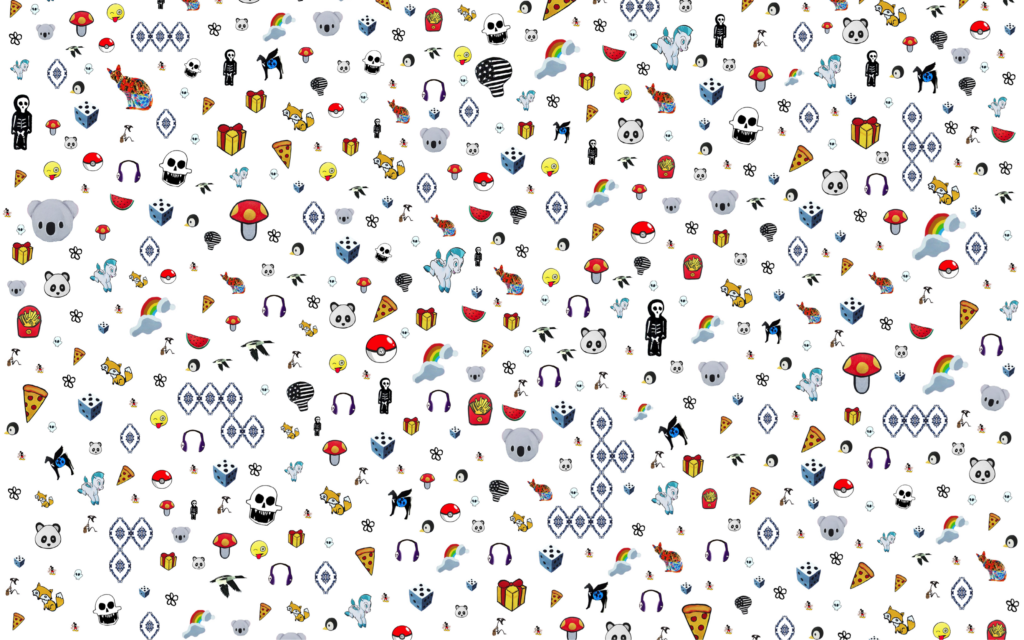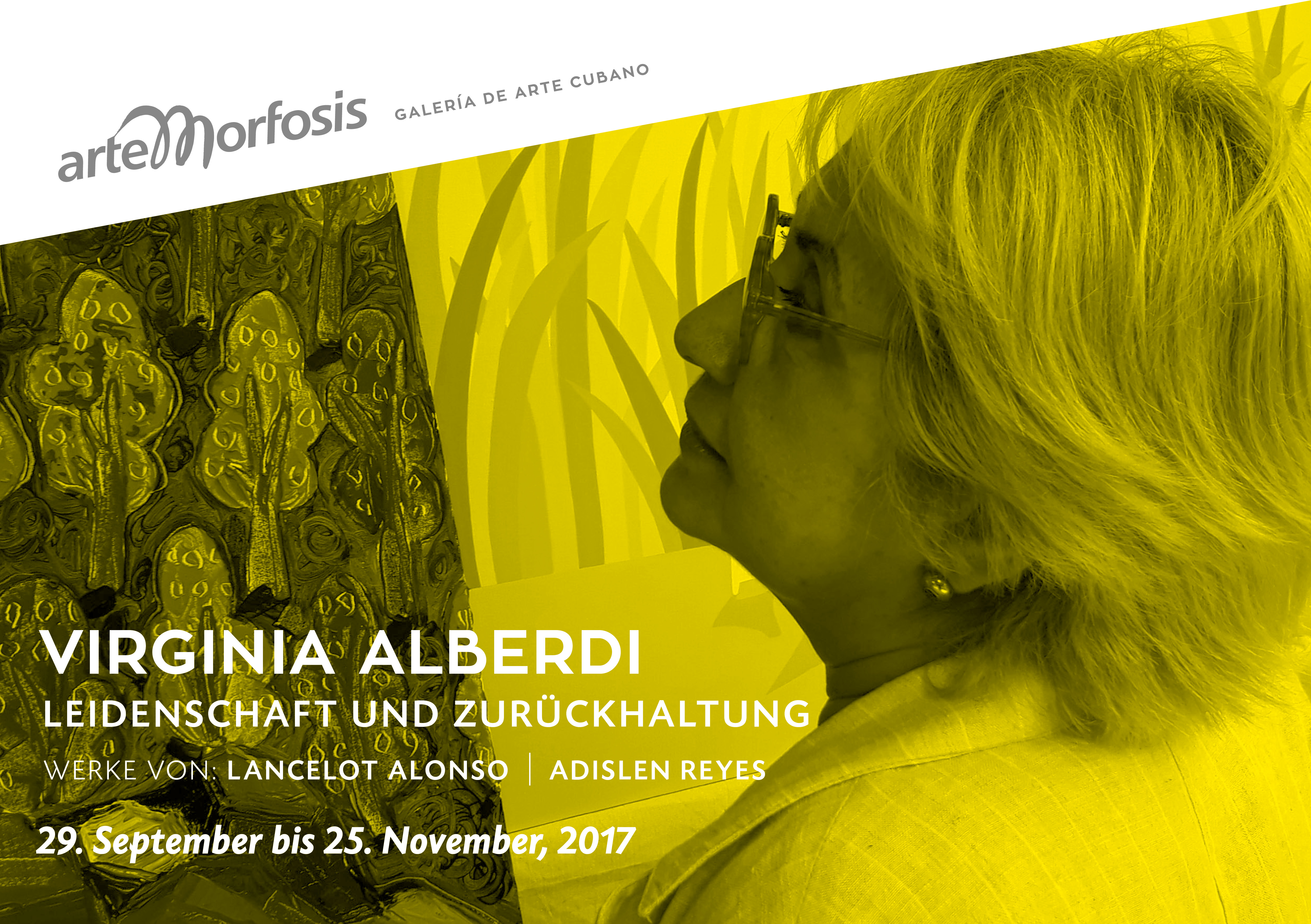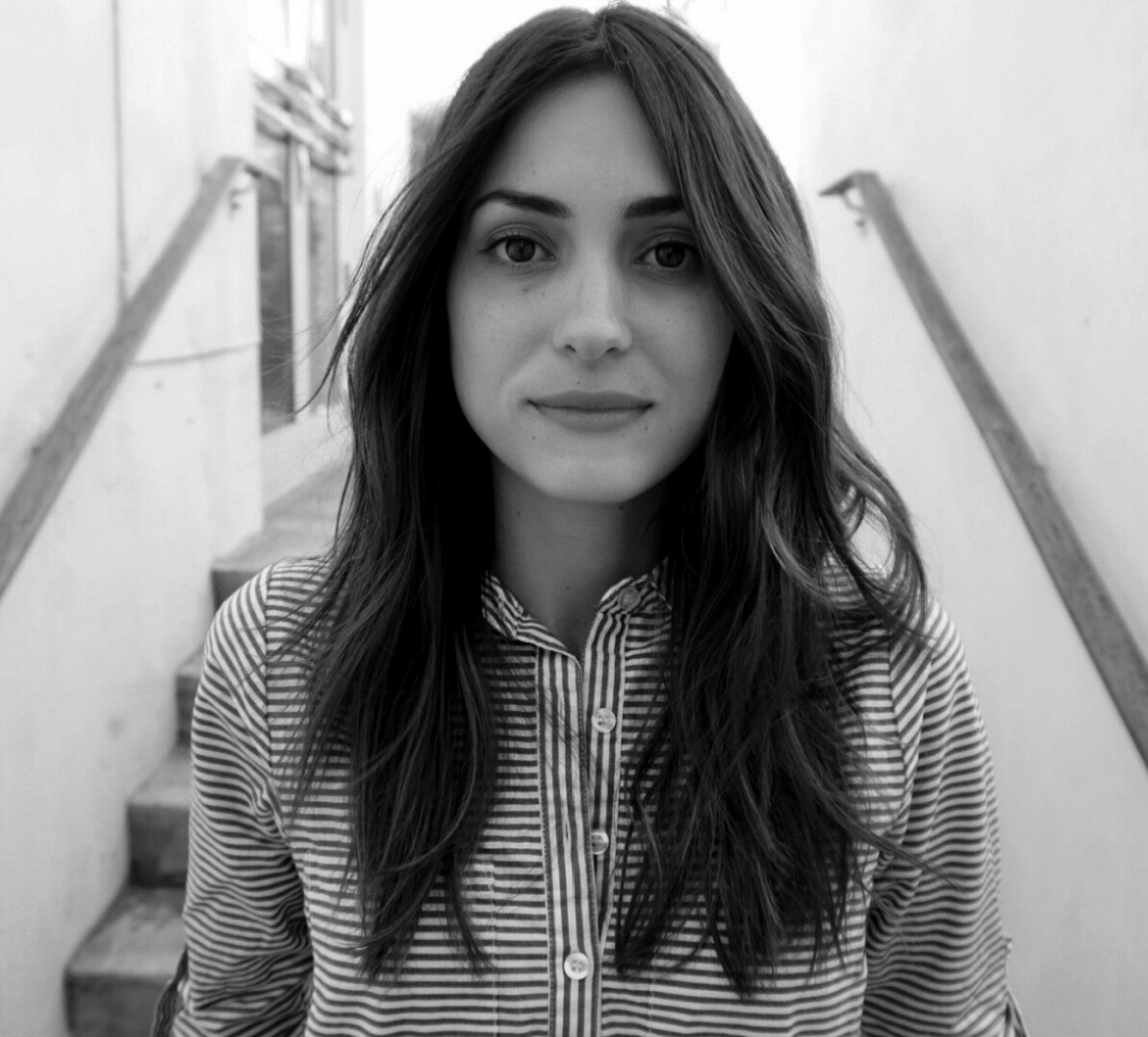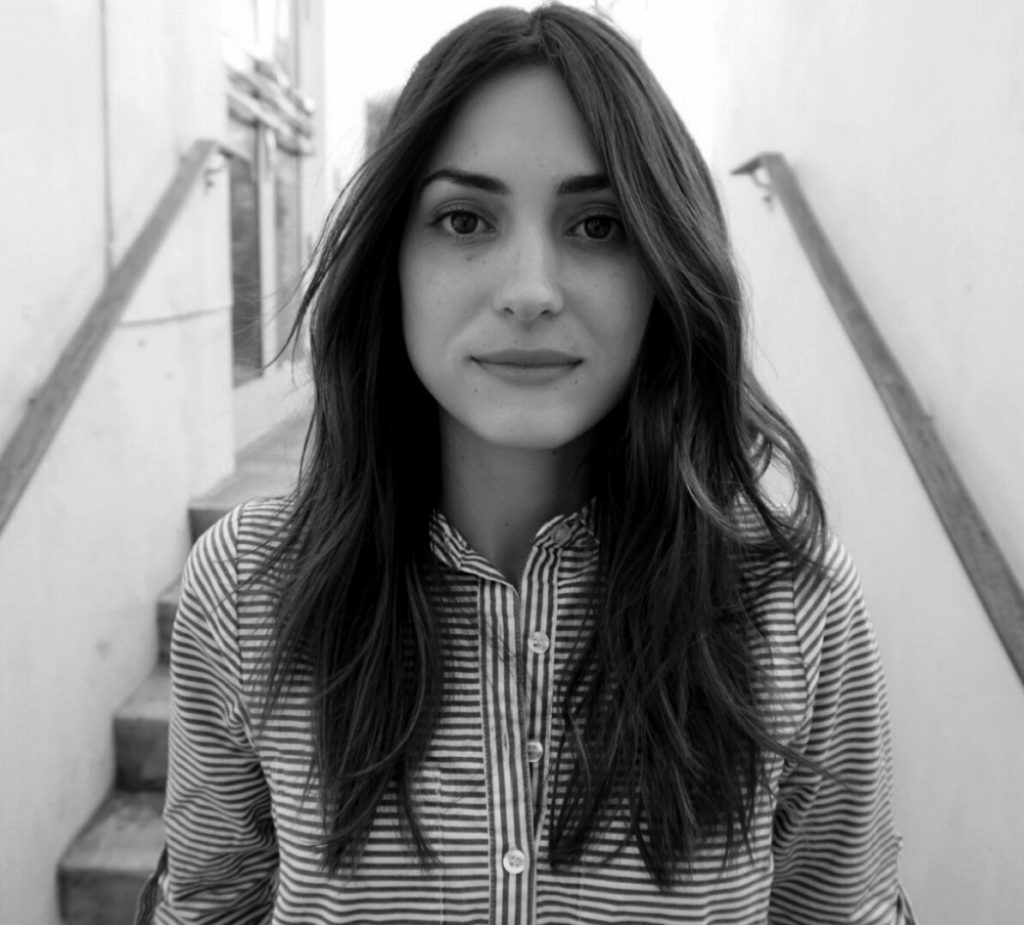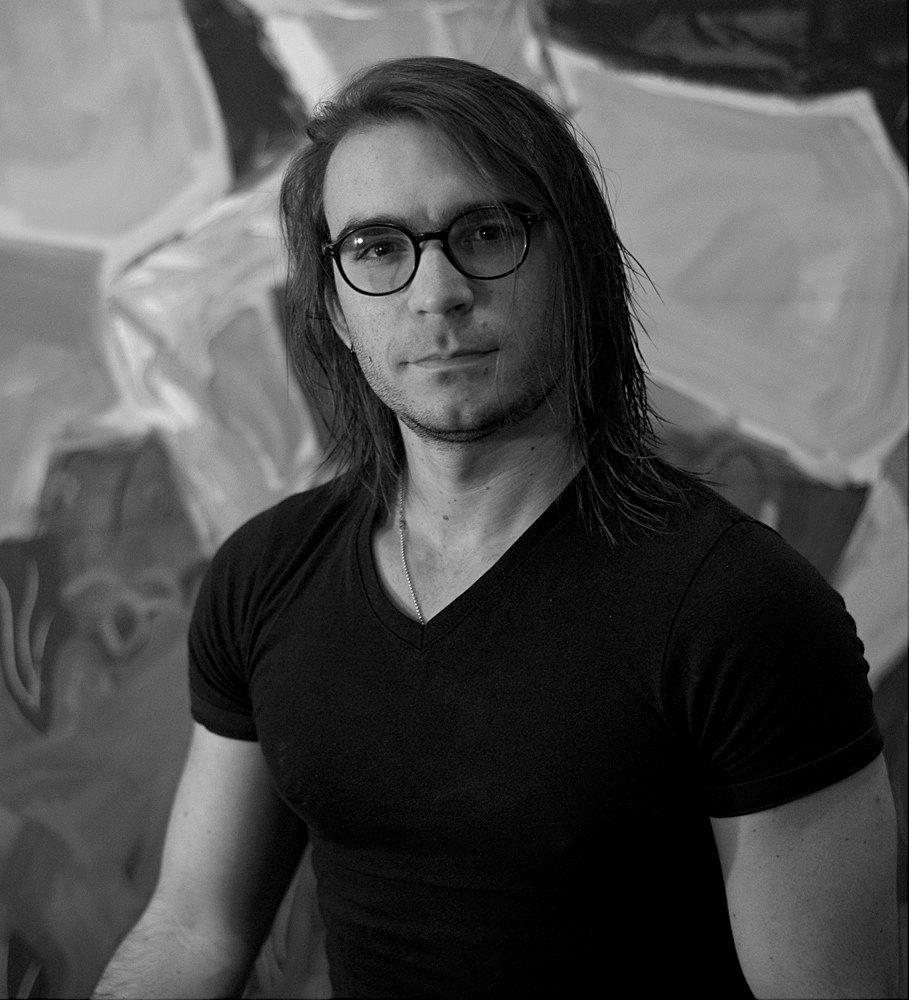
Lancelot Alonso (*Havana, 1986)
Lancelot Alonso graduated in 1997 from the José Antonio Díaz Peláez Experimental Center for Visual Arts, where he finished elementary school. He continued his studies at the FIT School of Design in New York in 2005 and at San Alejandro Academy of Fine Arts in Havana, where he graduated in 2008. He lives and works in Havana.
– Virginia Alberdi about Lancelot –
‘For strong emotions, we have the work of Lancelot Alonso. On one occasion he was asked about his favorite themes and answered: “I think an important moment was that of my graduation thesis. I sat down to think. The thesis obliges you to develop a theme. I said to myself: ‘I’m not interested in doing what postmodern US Americans did, all that reflection on the problems of art… Among the ‘national’ themes, I am not interested in talking about emigration, marginality, either… until I stopped giving thought to it. I am an erotic, sensual guy. There’s the way.’”
Behind this direct and casual pronouncement, there lies much work and soul-searching. From what has been said to what has been done there is a great stretch that the spectator travels with the endorsement of more than a few accumulated experiences and references.
Indeed, Lancelot’s painting ranks within the extensive range of erotic themes, of which there is a narrow, but relevant tradition in 20th century Cuban visual arts. A few creators from the island could have endorsed Lancelot’s words: “I’m an erotic, sensual type.” But there are notable differences.
In that past, there is a line that goes from Carlos Enríquez to Servando Cabrera Moreno and ends at Zaida del Río and Ernesto García Peña. Eros and lyricism join in that trajectory. But in the more recent past, we witnessed a rupture that, in turn, involved a different kind of initiation: Eros versus lyricism, or, in other words, Eros and sexuality. There is no longer a need to hide the dark object of desire; the eroticism is shown, not suggested. As a milestone between both trends, a name appears in Cuban art: Umberto Peña.
As curator Máximo Gómez Noda has pointed out, this has been happening on a global scale from the second half of the 20th century to the first decade of the 21st century; when the erotic-sexual theme reached its highest point with regard to diversity of forms of expression and typologies, widening the possibilities of approaches that eliminate prejudices, schemes and offering a new evaluative view.
However, while for many of the emerging Cuban artists from the decades of the 1980s and 1990s, eroticism conveyed precocity, transgression, provocation, and political-social intentions. Confronting the thematic production of Tomás Esson, Ciro Quintana, Lázaro Saavedra, Elio Rodríguez and Pedro Vizcaíno – Lancelot’s perspective stops at the inherent reflection of sexuality.
Bodies, gestures, and postures exhaust in their own and strict sense. When the artist narrates, the chronicle is self-sufficient, eliminating oblique readings or hazardous solutions of continuity. He admits Rocío García’s influence, more in the formal compositional level than in the conceptual one – perhaps no other artist in Cuba has revolutionized both the pictorial inquiry about the relationship between Eros and power in painting. But a closer approach to voyeurism may be present in the revaluation of sexuality in the bodies of the work of Russian-US American artist Anna Demovidova.
The most interesting aspect about Lancelot, because it causes conflict in the resolution of the compositional elements, is the fact that his images are sustained on a base of color. His chromatic palette is overflowing and feverish like the fauvists’, but without involving premeditated sophistication.
Lancelot has greater interest in resembling himself rather than his era, although he will inevitably continue to be an artist of the time he was born into. In the works exhibited in this exhibition he maintains the violence of color, but the stories contained in them are less aggressive, with perhaps a more romantic touch. ‘
Works for sale on artsy.net

